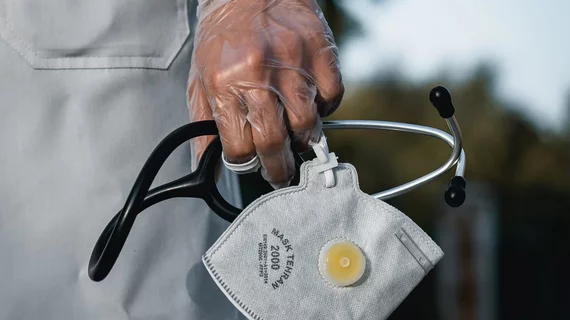Volume of cardiovascular procedures expected to normalize by Q4 2020
Cardiology may return to pre-COVID-19 volumes sooner than many other healthcare specialties, according to a new analysis by GlobalData. What does this mean for hospitals throughout the United States?
By GlobalData’s estimates, nearly 97% of cardiovascular procedures are essential, meaning much less care has been delayed due to the pandemic than in other specialties.
“These essential procedures include surgeries to treat peripheral aneurysms, non-aortic intra-abdominal aneurysms, aortic dissection, aortic emergencies, hemorrhagic shock, symptomatic carotid stenosis, dialysis, and traumatic injury with hemorrhage or ischemia,” Eric Chapman, a GlobalData medical devices analyst, said in a statement. “Of the 3.33% procedures that are elective, the top ten procedures accounted for 85.3% of the total volume and include endarterectomy, revision of vessels, suturing of arteries, annuloplasty, and varicose vein procedures.”
Overall, the volume of cardiovascular procedures in the United States could return to pre-pandemic rates by Q4 2020. Thatreturn to normalcy should be good for the specialty, but it may have a negative impact on health systems still struggling to keep up.
“Since cardiovascular procedures cannot be postponed, hospital resources and equipment for these procedures are not able to be redeployed to support other parts of the hospital affected by the COVID-19 crisis,” according to the analysis.

